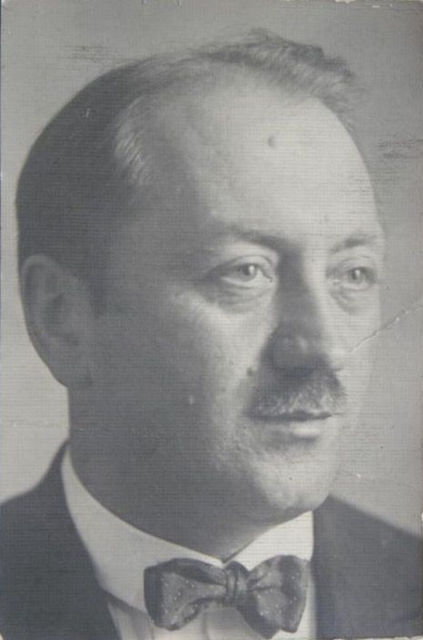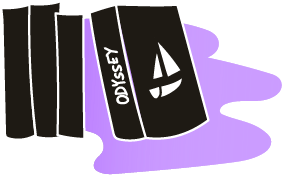Title of the resource
Title of the resource in english
Publisher
K. S. Jakubowski we Lwowie;
Państwowe Wydawnictwo Naukowe
Original language
Target and Age Group
Originally (1926) for 4-5th grade of classical secondary school/ca. 15-19 years old (secondary school system was not connected to the elementary school system). After WW2, the Greek language practically disappeared from secondary schools (classic profile classes were just an exception); the re-edition published in 1952 was aimed at students of classical philology. The edition from 1954 was reprinted multiple times and used for teaching also in classical profile classes and within some of the humanities programs at the university.
Author of the Entry:
Marta Pszczolińska, University of Warsaw, m.pszczolinska@al.uw.edu.pl
Peer-reviewer of the Entry:
Elżbieta Olechowska, University of Warsaw, elzbieta.olechowska@gmail.com
Second Peer-reviewer of the Entry:
Ayelet Peer, Bar- Ilan University, ayelet.peer@biu.ac.il
Marian Golias
Marian Golias (1887-1966) was a Polish classical philologist, an alumnus of the Jan Kazimierz University in Lwów, doctor of humanities associated with academic centres in Łódź, including the University of Łódź, where he taught the didactics of the classical languages, Greek and Latin literature as well as the Greek proseminar. He was the author of multiple textbooks for studying Greek and Latin, but also of the Greek grammar manual, which is still being used and republished. He also engaged in editorial and translation works (e.g., Aesop’s Fables).
source: pl.wikipedia.org
Golias forever, czyli dlaczego (nie)należy nauczać greczyzny z anachronicznego podręcznika
(accessed: July 27, 2019)
Source of Photo: Wikipedia, CC BY-SA 3.0
Contents & Purpose
The book was created as a textbook for middle school students, adjusted to comply with the secondary education reform of 1926. It was meant to be the first after WW1 ancient Greek textbook for beginners already familiar with Latin and its grammatical terminology. After its refinement and another adjustment to the needs of contemporary schools, the second edition was published in 1929 and became the prevalent textbook for teaching ancient Greek in Poland for nearly a century. It is still in use, although other textbooks have gradually emerged; Golias’ book has become dated (no exercises, Latin grammatical terminology that might be unclear for some, texts that might seem childish to more mature students, old-fashioned phrases and vocabulary) and maladjusted to the needs of contemporary students.
The course is divided into two volumes. The first contains texts to be translated, the second explores grammar and vocabulary referring to each of the texts.
The text volume, in the repeatedly reprinted 1954 edition, features 136 short texts, which, apart from a few exceptions (Menander’s sentences, Tyrtaeus’s elegies or a quatrain from Hesiod) are all adaptations or paraphrases of the classical texts adjusted to the intellectual and cognitive level of the students of the pre-war high school. The texts are usually inspired by Aesop’s fables, myths, or historical accounts of great ancient chiefs and famous battles. Some texts are illustrated with drawings or photographs of ancient statues and vases or other artefacts.
The mythological stories constitute the core of the themes. They briefly introduce the gods (such as Zeus, Hermes, the Muses, Thanatos), mythical creatures (Sphinx), as well as mythical heroes and short stories about them. In the texts one can find Heracles at the crossroads, Achilles on Skyros, Perseus, Prometheus, Daedalus, Tantalus, Arion, the Argonauts, the Danaïdes, Phrixus and Helle, Odysseus, as well as Cadmus and the mythical foundation of Thebes. Each text is written relatively simply and is very short - none of them exceeds 8 or 9 lines. Any longer texts are divided into 2 or 3 passages. The texts do not include any historical or cultural commentaries, only in the second volume, there are remarks concerning the grammar.


